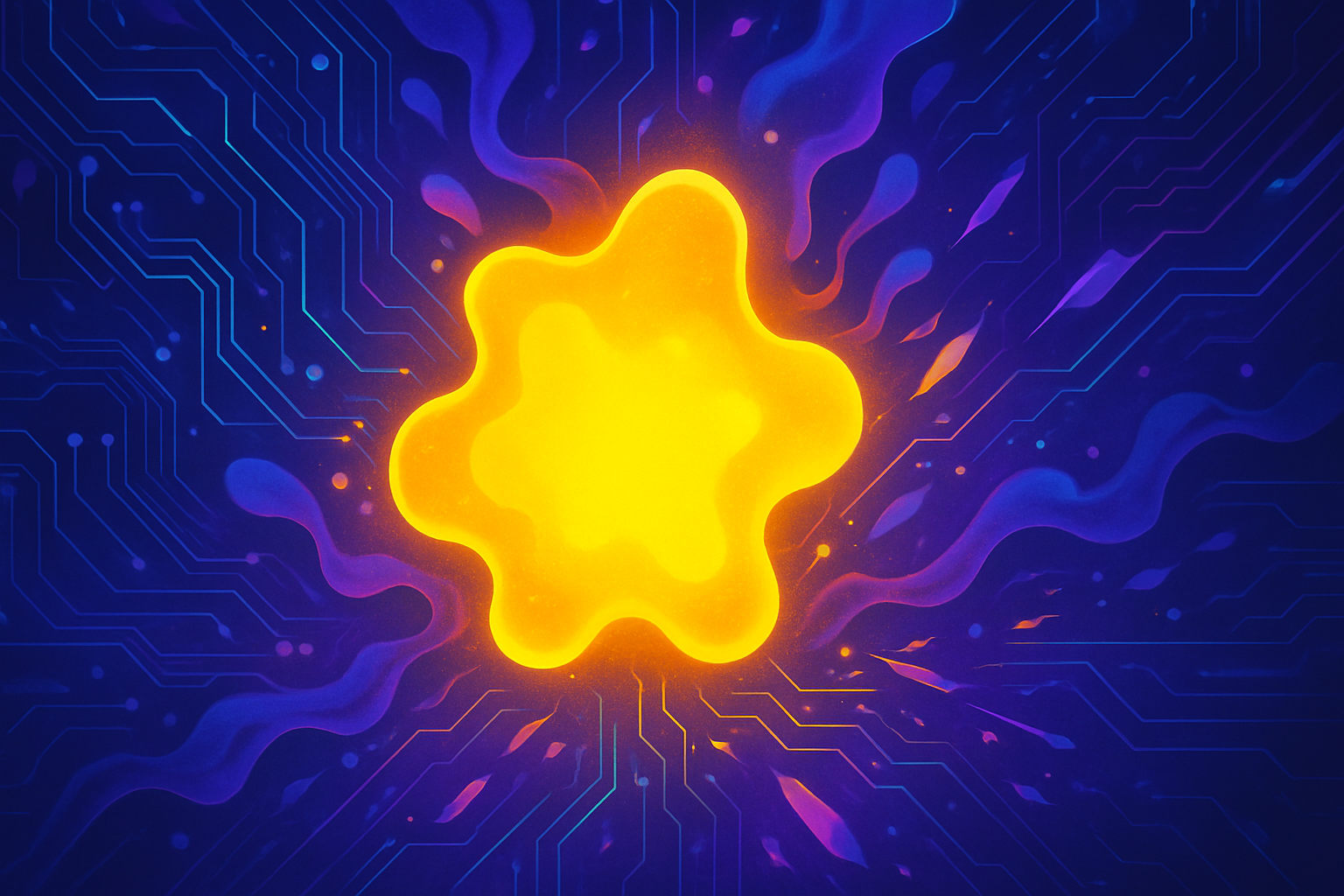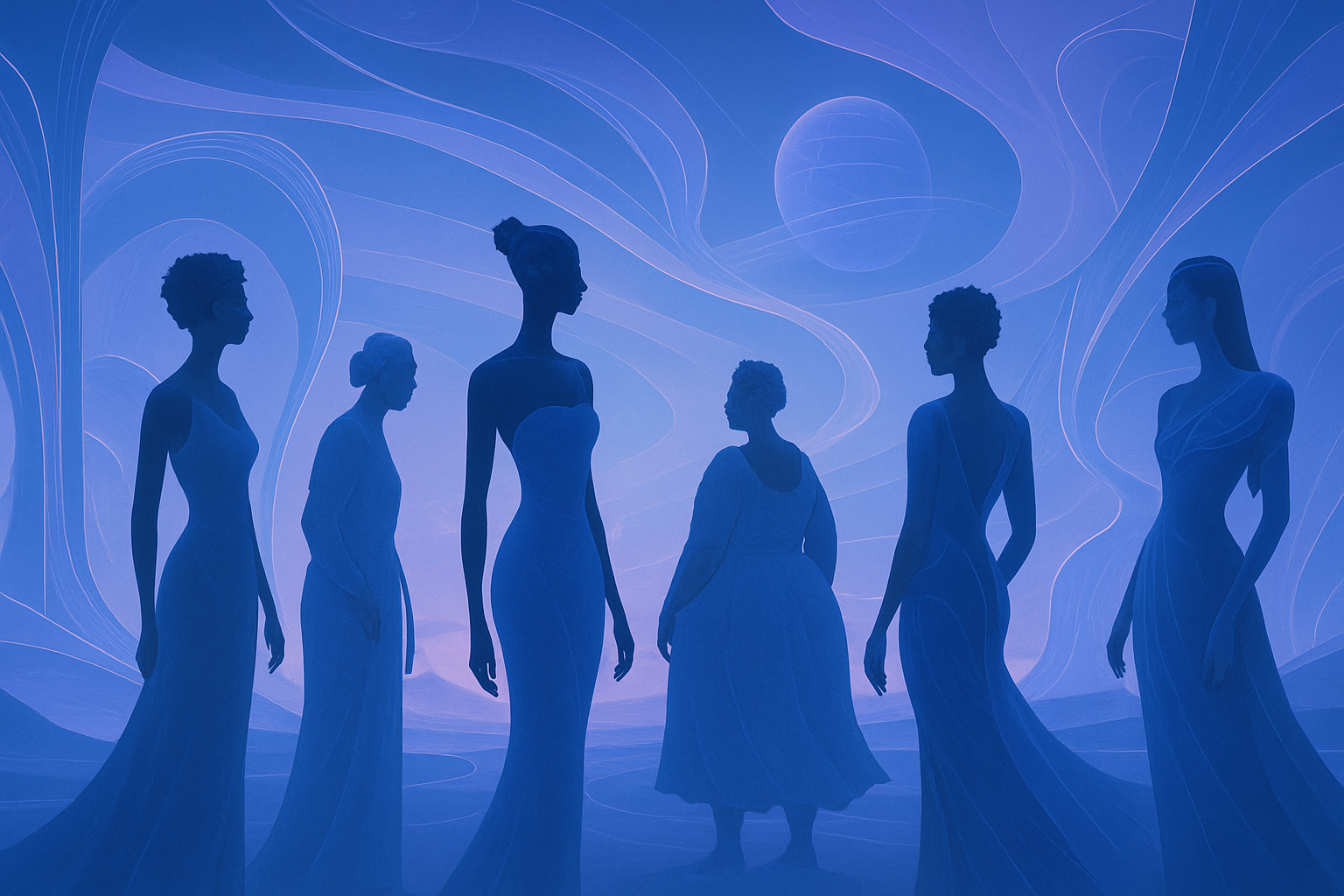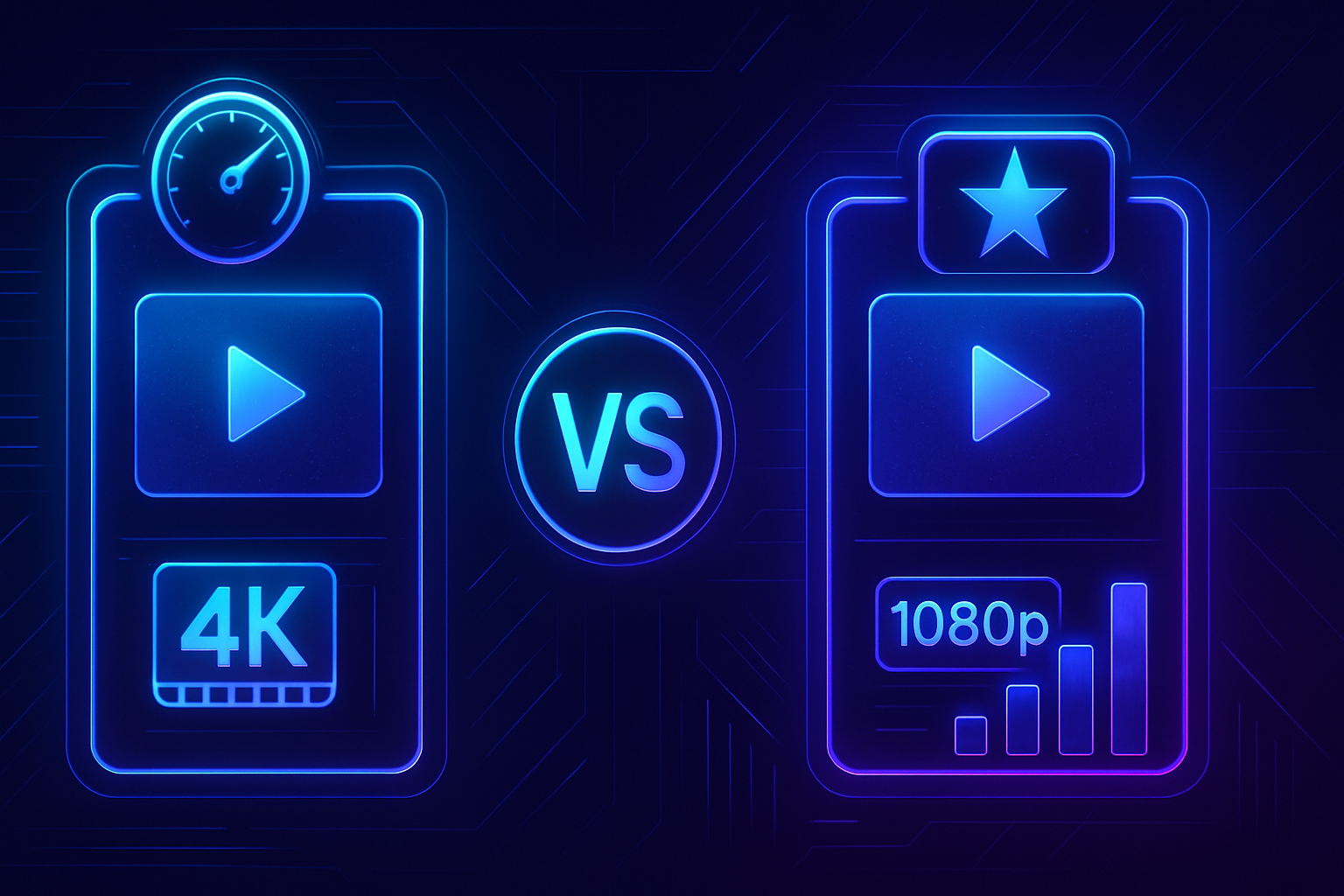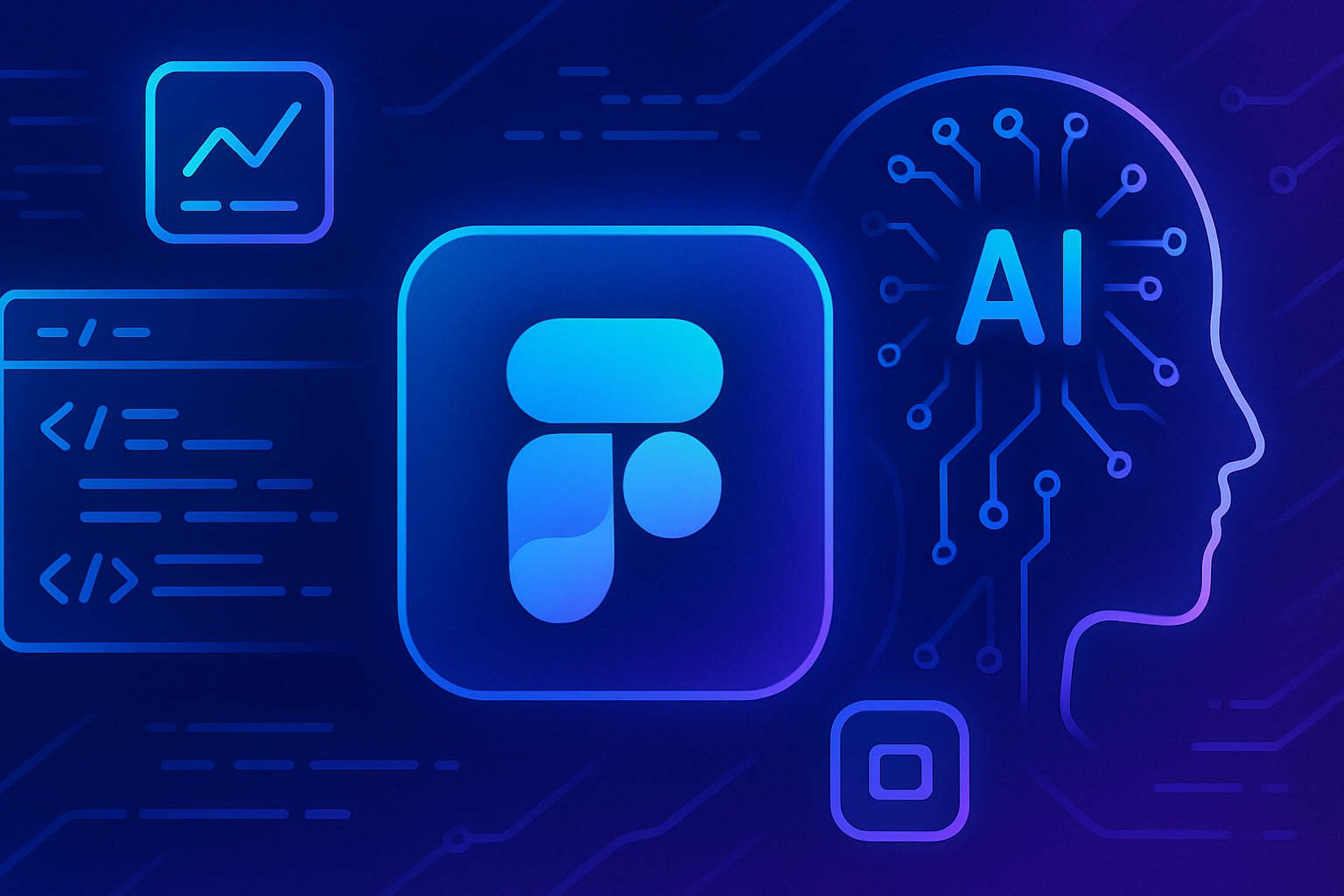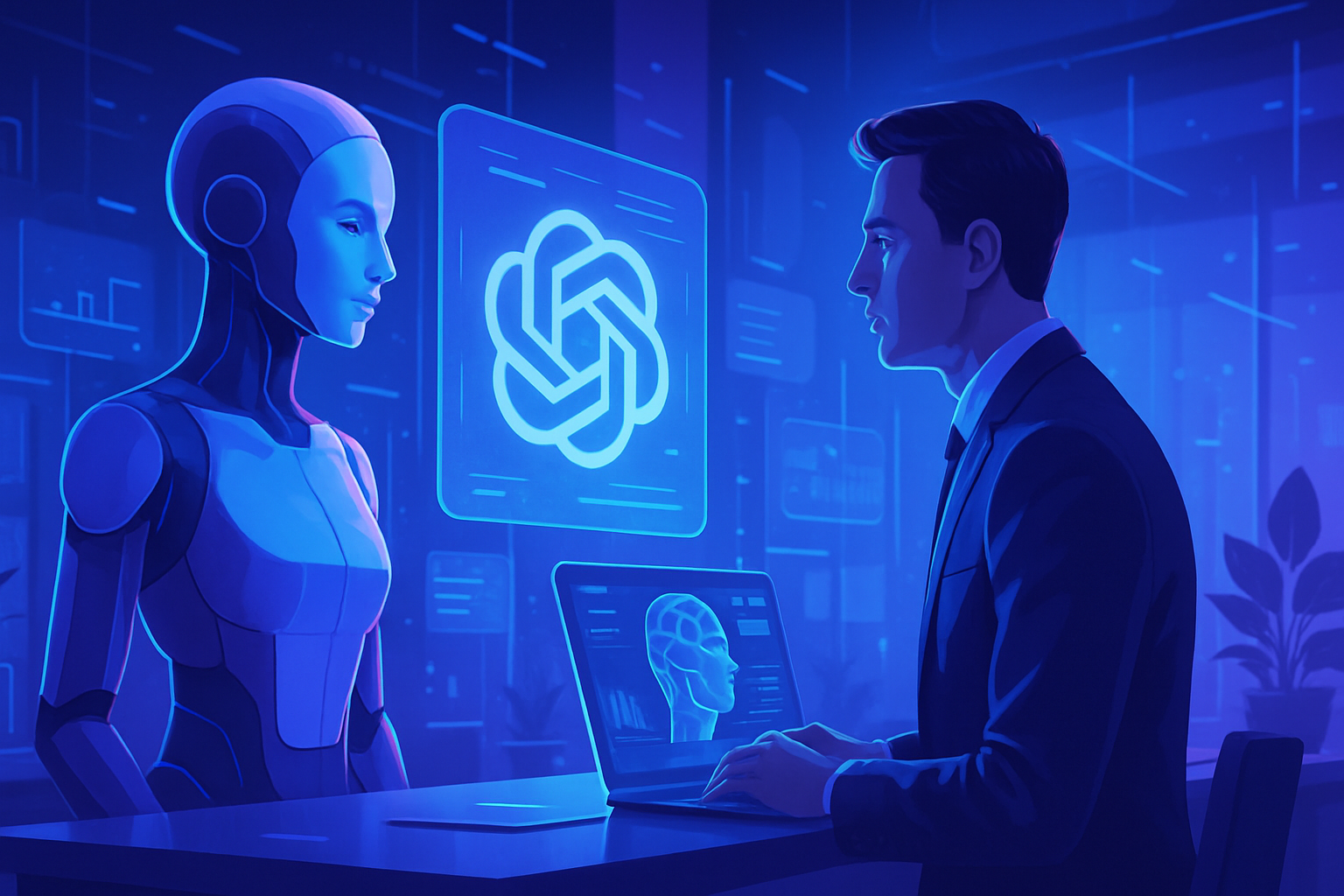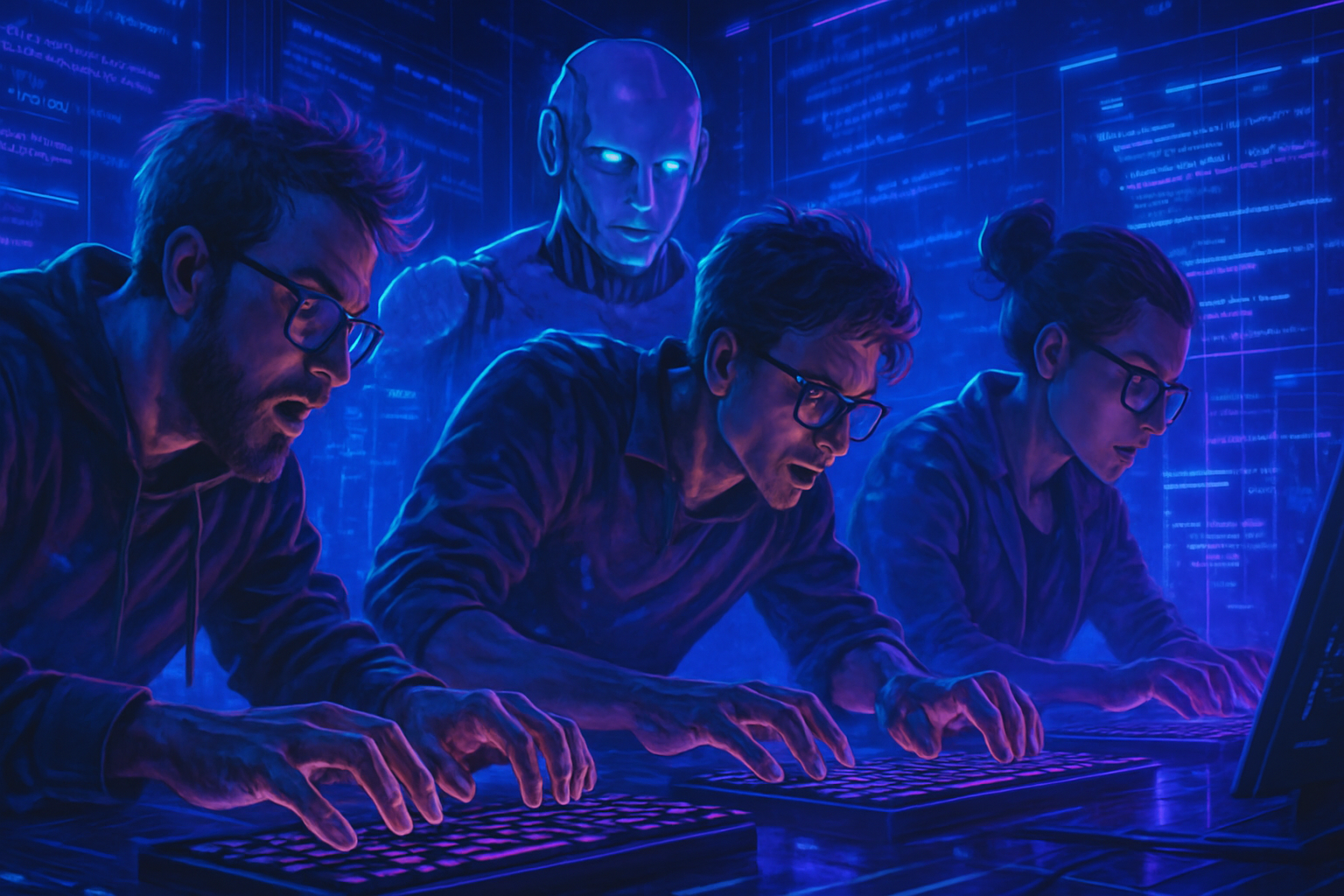The rise of images generated by AI seems to be evolving towards a creative saturation, hitting the art sector head-on. The yellow hue, omnipresent in these creations, illustrates not only an inherent crisis related to artificial intelligence but also a crisis of identity. This phenomenon, a reflection of chaotic technological evolution, raises fundamental questions about artistic authenticity and the sustainability of creative innovation.
The dominance of yellow hues in AI-generated images
An intriguing phenomenon is emerging on the Internet with the prevalence of AI-generated images that bear a yellowish hue. This phenomenon, which has appeared recently, seems to become a distinctive marker in the digital landscape. Users often refer to this color as a seal of AI, a telltale sign of artificial creations. Ironically, this trend is not merely visual; it reflects an underlying issue related to creative saturation.
The underlying causes of this saturation
The creative saturation of artificial intelligence could be attributed to a consanguinity of models. According to experts, training AI models on data already generated by other systems limits their ability to evolve. Jathan Sadowski, a researcher at Monash University, describes the phenomenon as similar to consanguinity in humans, where traits are exaggerated or distorted.
When these AI models recycle each other, the results often become strange, with an overrepresentation of yellow hues. A plausible explanation lies in the fact that these models deduce results from biased data, thereby integrating deformed elements. The quality of the images declines, and this decline is likely to intensify further.
The threat of an AI model collapse
Each time an AI model relies on information generated by other intelligences, the danger of collapse looms. In this context, a model may begin to “hallucinate,” producing images that do not correspond at all to reality. These artificial creations become not only aberrant but sometimes verge on the ridiculous. Creative principles sometimes dissolve in the abundance of synthetic data, leading to increasingly strange results.
Potential solutions to the problem of synthetic image creation
To counter the negative impact of data saturation, tech professionals strive to find a balance between real and synthetic data. Some companies, such as OpenAI, are forming partnerships with reliable data sources, such as Shutterstock. They aim to enrich AI models with diverse human data available outside the public domain.
Despite these efforts, the transition is not as simple as it may seem. The market is flooded with low-cost synthetic content, encouraging companies to prioritize this data. This dynamic alters the quality of generated results, as algorithms often feed on poorly diversified and distorted content.
The implications of increased reliance on synthetic data
An excessive use of massive amounts of synthetic data leads to detrimental effects on model performance. Studies reveal that models degrade rapidly when trained in this manner. An overloaded synthetic data model quickly becomes useless, thus affecting its credibility and effectiveness. Companies must navigate this chaotic landscape carefully to preserve the value of their technologies.
The need for diversity in content becomes urgent. While the production of creative human data initially seemed unsustainable, technology must now adapt to restore some balance. The challenge lies in finding sustainable solutions that allow AI to continue advancing without facing stagnation.
Frequently Asked Questions about the trend of AI-generated images and yellow hues
Why do AI-generated images often have a yellow hue?
The yellow hue of AI-generated images is often the result of training models on synthetic data where this color is overrepresented, thus causing reproductions of similar results.
What is AI consanguinity and how does it influence these yellow hues?
AI consanguinity refers to training models on data created by other models, which can lead to lower quality results, notably by accentuating features like the yellow hue in generated images.
How can I prevent my AI model from generating yellowish images?
To avoid this, it is advisable to train the model on a variety of authentic and diverse human data, rather than relying on synthetic data.
What impact does creative saturation have on AI image generation?
Creative saturation, where AI-generated content recycles each other, can lead to homogeneity and repetition of aesthetic patterns, accentuating the prevalence of colors like yellow in visual creations.
Are there long-term consequences of using synthetic data to train AI models?
Yes, excessive use of synthetic data can render models ineffective and lead to strange generalizations, affecting their ability to produce varied and natural results.
How is the tech industry reacting to the problem of yellow hues in AI-generated images?
Tech companies are exploring partnerships with reliable human data sources, but many remain in denial about issues related to AI consanguinity and the implications of using synthetic data.
